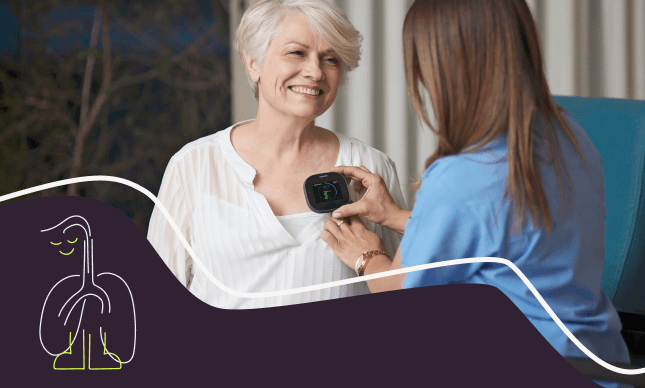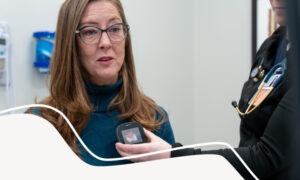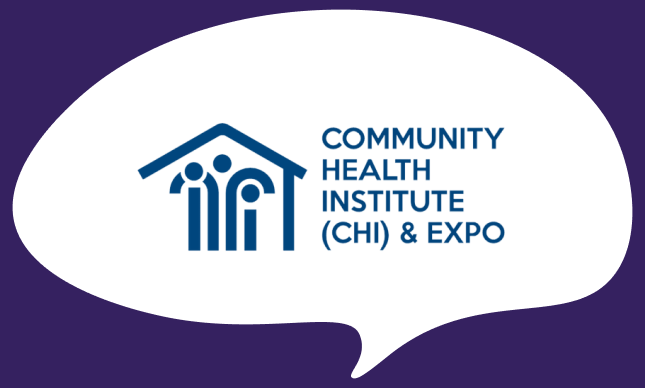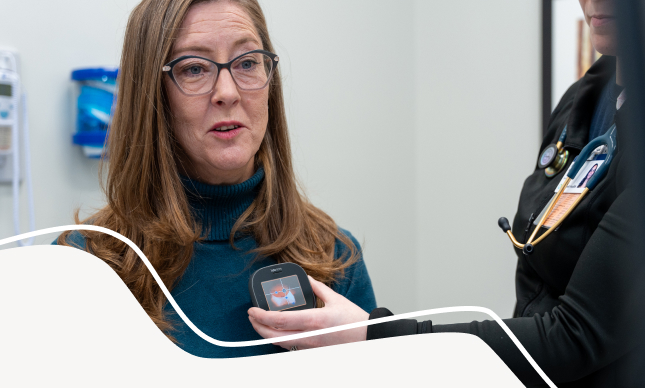At a safe distance: Helping care home residents avoid the ED with virtual urgent care

Living longer
As health care has advanced, senior citizens are living longer than ever before. Along with this good news comes the challenge of improving the way we care for the older members of our society. The NHS has prioritised the need to provide quality care for the ageing population. Living longer does not necessarily mean living better, and it is vital that the urgent care needs of seniors are properly addressed.
Throughout the UK, nearly half a million people live in residential care homes and nursing care homes. Maintaining optimal health and wellbeing can enable senior care home residents to remain as healthy and independent as they can for as long as possible. Some seniors living in long term care facilities enjoy good health, while others cope with frailty and require extra care. Although there are instances in which ED transfers and urgent care centre visits are unavoidable for seniors, it’s important to avoid them if possible.
ED risks
People in residential care homes account for 185,000 emergency visits every year and 1.46 million ED bed days. However, it is estimated that 35-40% of emergency admissions are potentially avoidable. There is reason to believe that people living in long term care facilities are not having their health needs met in an optimal manner, leading to unnecessary and avoidable ED transfers.
Why is it so crucial to help seniors avoid admittance to the ED? Research indicates that ED visits are associated with functional decline in older people. Statistically, one in five older people who visit the ED will be back in hospital within 30 days, a figure that is attributed to the stress of hospitalisation itself rather than the condition that caused the initial hospitalisation. Helping the elderly stay out of EDs and hospitals is an important part of ensuring their overall well-being.
Maintaining safety
Virtual care in nursing homes was rolled out rapidly during the pandemic, and the benefits it offers will continue to remain relevant long after COVID is behind us. ED and urgent care transfers can be traumatic and stressful for long term care facility residents. If a nurse or a doctor can effectively treat an elderly patient virtually from within the nursing home, there are numerous benefits, including improved access to care, the avoidance of unnecessary travel, saved organisational resources, and enhanced communication.
The COVID pandemic drove home the point that EDs and urgent care units can expose patients to other infections or illnesses, leading to hospital-acquired infections. People aged 70 and older are at a heightened risk for hospital-acquired infections such as pneumonia and meningitis. NHS care homes were quick to adopt forward-thinking virtual care approaches during the pandemic, maintaining a high standard of health and safety for care home residents.
A safer alternative
Virtual urgent care can provide safer, better access to clinicians for elderly patients. In one example, Airedale Care Homes in the Airedale NHS Foundation Trust implemented virtual urgent care to reduce ED transfers and protect residents. Their goal was to lower the risk of COVID transmissions and minimise the need for in-person visits, whilst maintaining excellent care for residents.
TytoCare was implemented in care homes across the Airedale region in collaboration with the Yorkshire and Humber Academic Health Science Network. Using TytoCare, GPs and clinical assessors at the Digital Care Hub carried out thorough, virtual urgent care consultations. TytoCare allowed Airedale Care Homes to provide high-quality virtual care with increased clinical assessment and decision-making.
Virtual care through integrated care systems improved the experience of care home residents and staff alike. TytoCare enabled medical data to be easily collected, stored, and shared, leading to better outcomes. COVID transmission risk was cut, and visits to GP practices were lowered. Virtual care with TytoCare enables Airedale Care Homes to meet the urgent care needs of nursing care home residents on-site, providing an improved service, keeping them safely out of the ED, and saving costs.
Life-saving technologies
Other technological innovations can also play a role in helping keep seniors safe. Fall detection systems monitor a home’s bathroom whilst ensuring privacy. 80% of falls occur in the bathroom, and there are detection systems that can be automatically activated whenever there is a fall, without requiring the user to wear a device or push a button. Electronic automated medication dispensers store pills in correctly-measured doses. They then cue patients or caregivers both visually and auditorily when it is time to take medication, locking all other pill compartments to avoid the risk of accidental overdose.
These technological devices and others have the potential to help keep seniors living long, healthy, and safe lives. As Gandhi aptly said, the true measure of any society can be found in the way it treats its most vulnerable members. Virtual approaches to urgent care play an important role in our care of the elderly.





